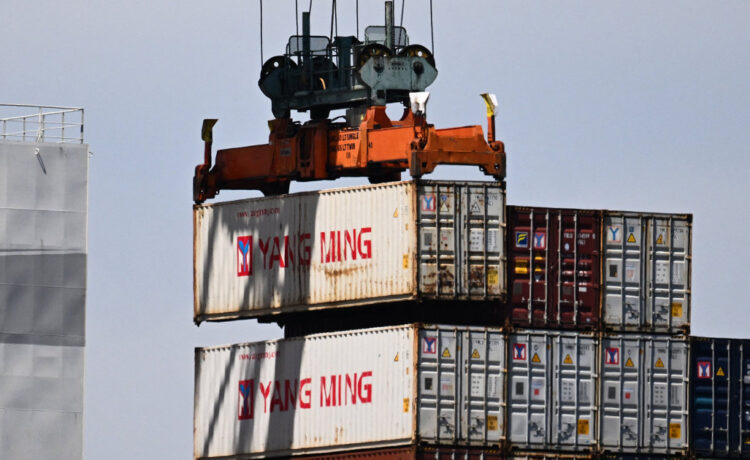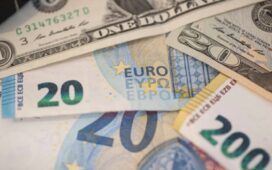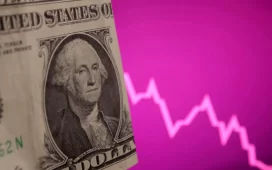Tit-for-tat U.S. and Chinese tariffs on each other’s goods are rising so fast it makes the head spin. Here’s how the situation has spiraled since last week:
February and March: The new Trump administration imposes a combined 20% tariff on goods imported from China over its role in the international flow of precursor ingredients for fentanyl.
April 2: Citing the U.S. trade deficit with China, Trump announces an additional 34% tariff on Chinese goods.
April 4: China announces its own 34% tariff on U.S. goods.
Monday: Trump threatens to impose an additional 50% tariff if China doesn’t rescind its 34% tariff.
Wednesday: Trump follows through on his threat, bringing the total U.S. tariff on Chinese goods to 104%. China matches Trump’s 50% tariff with the same levy on U.S. goods, bringing its total to 84%. Trump further increases the total U.S. tariff to 125%.
Yesterday: The White House clarifies that the 125% tariff doesn’t include the 20% fentanyl tariffs from February and March, bringing the actual total to 145%.
Today: China says it is raising its tariff on U.S. goods to 125%, matching the tariffs Trump has imposed since last week.
Economists and other experts say at this point it almost doesn’t matter whether U.S. and Chinese tariffs on each other keep rising, as they are already so high they make trade between the world’s two biggest economies impractical.
That was reflected in the Chinese government’s announcement on its latest tariff increase.
“Given that, at the current tariff level, U.S. exports to China are no longer commercially viable, China will not respond to any further tariff hikes by the U.S. on Chinese goods,” it said today.




